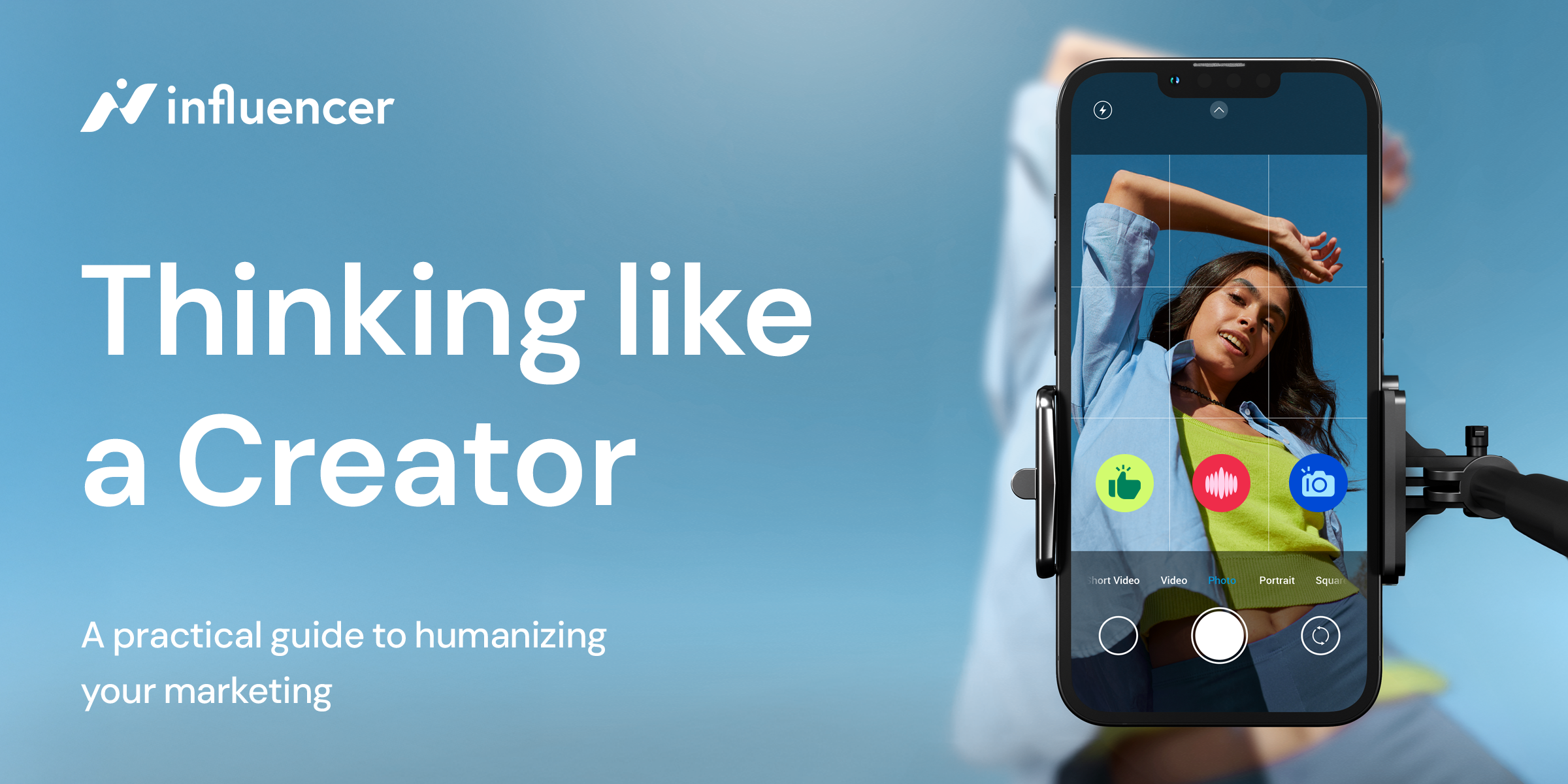
LinkedIn is the platform that brings business minds together. But as the platform grows, so does it’s potential to target new audiences. It’s time to explore the unique value that LinkedIn has as a B2B marketing platform.
LinkedIn’s own Marketing Solutions B2B Playbook page captures the fundamental dynamic endowing the platform with so much of its value for content creators to leverage. As LinkedIn themselves put it, their platform is the perfect place to “do business where business is done”. However, many other social media platforms offer content creators opportunities to network with and recruit other content creators and professionals, while advertising and promoting their own products too.
So where exactly does LinkedIn’s unique value lie for B2B content creators and marketers?
LinkedIn was founded in 2002. It’s an older platform than Facebook, which was founded in 2004. However, according to articles published by Buffer and Khoros, LinkedIn has in the region of 260-300 million active monthly users as of 2021. While this is no small sum, it pales in comparison with the number of monthly active users that swarm to the most popular social media platforms.
Facebook has in the region of 2.7 billion monthly active users, YouTube attracts in the region of 2.2 billion monthly active users, Instagram has between approximately 1-1.5 billion, while TikTok, founded as recently as 2016 clocks in at an extraordinary 1-2 billion already.
Vast audiences offer huge potential
There can be little doubt that such vast audiences offer huge potential value for savvy content creators looking to get their posts in front of their target audiences. When compared with the billions of users that Facebook, Instagram, and YouTube boast, the relatively measly 260-300 million monthly active users LinkedIn attracts may make it seem quite a small fish in a very large pond. But LinkedIn’s smaller audience can be seen in two contrasting ways.
The pessimistic outlook is that the platform is lagging behind other social networking sites. However, the more optimistic perspective, and the argument here, is that LinkedIn’s comparably smaller size and its explicit positioning as a network for people and organisations to do business on gives the platform a focus that B2B content creators can use to their advantage.
There are also significant differences between the socioeconomic groups that comprise LinkedIn’s main user base when compared with other social media platforms, which give the platform unique strength as a B2B marketing channel.
There are at least two significant differences that give LinkedIn an edge as a B2B marketing platform that content creators can take advantage of. The first difference is LinkedIn’s position in the market as a professional networking site. It is specifically for business. The second difference, related to the first, involves the main demographics that compose the site’s user base.
Take, for example, the age and socioeconomic demographics that make up Facebook’s active users when compared with those of LinkedIn. Khoros states that 86% of people ages 18-29, 77% of people ages 30-49, 51% of people 50-65, and 34% of people 65+ use Facebook.
Although Facebook’s user base is clearly weighted towards younger demographics, older generations still make up a considerable number of the platform’s monthly users, as people seek to stay connected with loved ones in our digital age. A much smaller proportion from each age group uses LinkedIn. 60% of 25-34-year-olds use LinkedIn on a monthly basis, 21% of 18-24-year-olds, 17% of 35-55-year-olds, and a minuscule 3% of people aged 55 and over the platform. Nevertheless, it is clear that LinkedIn tends to appeal to younger people just like Facebook, although the group that uses LinkedIn the most is a slightly different group of early-career professionals.
Knowing your demographic
Facebook has an even socioeconomic demographic spread, as over 80% of people who earn less than $30,000, between $30,000-$100,000, and over $100,000, all use the platform. Evidently, Facebook enjoys widespread popularity and usage among people, regardless of their income. However, the proportions from the same brackets for LinkedIn are much lower, to be expected when the platform has 10x fewer monthly active users.
Useful insights can be drawn from the differences between the socioeconomic groups that entail LinkedIn’s user-base, and the comparatively catch-all audience that Facebook has captured. Just 3.8% of members of households that earn between $30,000-$60,000 are monthly active LinkedIn users. This figure rises to 49% of households earning between $70,000-80,000, 50% of households earning between $80,000-100,000, and 60% of households earning over $100,000 a year.
Although the number of people using LinkedIn is much lower than the number using Facebook, Instagram, and YouTube, the platform is more densely populated with higher-income individuals and households.
Personal vs. professional
These other social media platforms have been created and are used with mass audiences in mind. There is something to be found for everyone, and as a consequence, timelines can often be diluted with content that is not always relevant to an individual’s needs or interests, despite the best efforts of the people who program their algorithms. These popular social media platforms were also created to be used as outlets for more personal rather than professional social networking.
As a consequence, content focusing explicitly on promoting businesses, generating leads, and closing sales are often viewed with irritation by casual browsers, and can often fail to cut through the noise. Although LinkedIn has far fewer monthly active users than these platforms, this may in reality be to its great advantage, offering content creators an ideal B2B marketing platform.
There are therefore two major factors that situate LinkedIn as a leading platform for B2B marketing content creators to use. The first is that the platform’s ethos is focused on connecting professionals and business people with one another. Platforms such as Facebook and Instagram are often used by B2C companies for connecting individuals with products, services, and experiences. However, that these popular platforms encourage more personal, less commercial interactions means they are less well-suited for B2B content creators aiming to create new opportunities for professional collaboration and sales.
Secondly, these other platforms also have lower concentrations of influential businesspeople. This means it is harder to grab people’s attention on these platforms. Because there is so much noise created by so many people generating so much content, all of the time, there is more competition for attention. As a result, it’s easier to get drowned out.
Fewer people use LinkedIn, meaning it is a less crowded space, with much less noise. The company’s intention to create a platform specifically for professional networking has therefore drawn in a community of committed users who are serious about doing business with one another. This places LinkedIn in an advantageous position as a B2B marketing platform. Lots of businesses are concentrated in one place, and there is also a comparatively high concentration of wealthy and well-connected people on the platform. This is a boon for B2B content creators.
Driving revenue
Businesses cannot survive without revenue, so it is not surprising that the social platform with a statistically high concentration of prosperous business people stands out as a leading platform for B2B content creators and marketers to use. B2B creators can use the literal value embedded within the LinkedIn network to serve their needs – whether they need to find the personnel with the skillsets their businesses need to develop their own products or to find other businesses that offer solutions that can help solve problems they cannot solve on their own.
How exactly B2B creators will go about using their expertise to market their companies or find exactly what it is they’re looking for, is hard to answer in a short article, since the methods that will work are likely to be specific to the businesses’ unique situations. However, it is clear that there is enormous value for B2B content creators and marketers on LinkedIn, who can use the platform to help sustain and grow their businesses.
More resources

New Creator Economy report urges brands to think like Creators - or risk being left behind.
Let’s work together

Let’s work together

Let’s work together

Let’s work together

Let’s work together

Let’s work together

Let’s work together

Let’s work together

Let’s work together

Let’s work together

Let’s work together

Let’s work together

Let’s work together

Let’s work together

Let’s work together

Let’s work together

Let’s work together

Let’s work together

Let’s work together

Let’s work together

Let’s work together

Let’s work together

Let’s work together

Let’s work together

Let’s work together

Let’s work together

Let’s work together

Let’s work together

Let’s work together

Let’s work together

Let’s work together

Let’s work together




